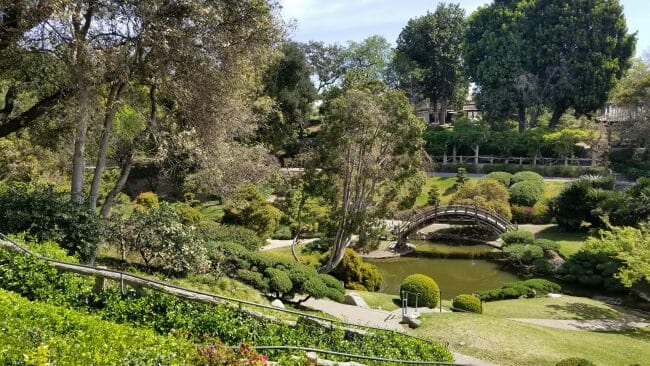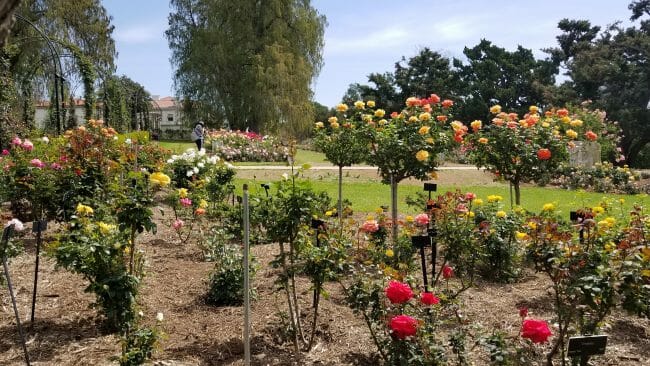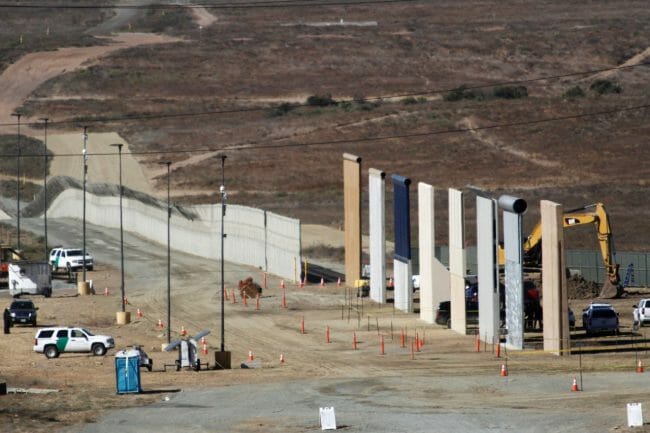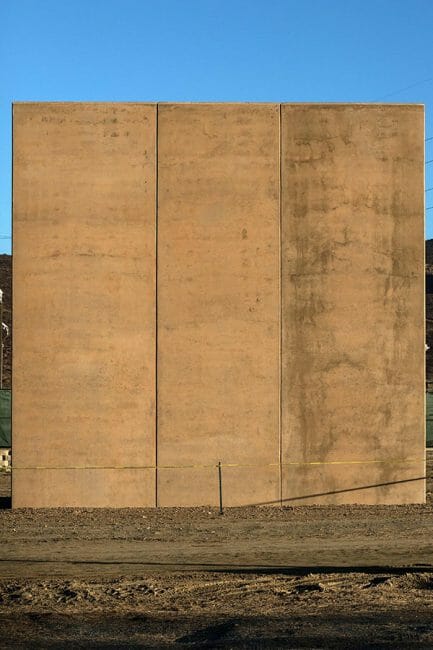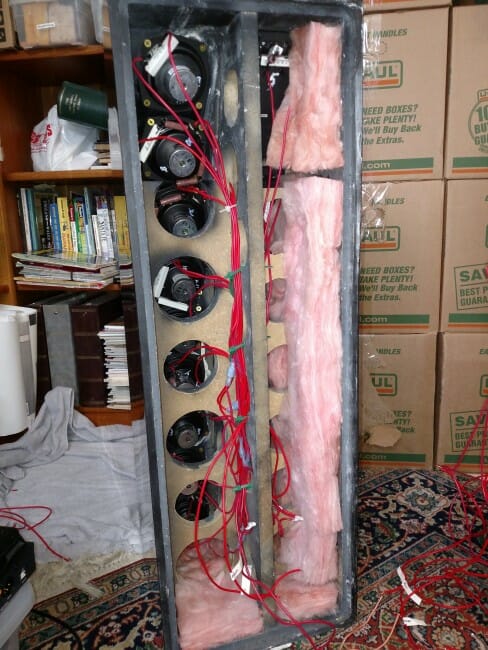A lot of folks have been asking for my thoughts on this conflict, where Delaware North, the departing concessionaire at the Yosemite Lodge, is claiming they own trademarks associated with the old, beloved lodges that must be bought out for lots of money, either by the government or the new concessionaire.
There are lots of versions of National Park Service (NPS) concession contracts floating around out there, and as I have had a few of these contracts, I am generally familiar with the terms and problems that arise (though I want to caution I am not privy to any insider details of this dispute). But here are a few thoughts:
One of the hardest problems with government concession contracts is how does the government provide incentives for the private company to invest capital in the concession without giving the concessionaire a long-term contract that reduces the government's control. Since any improvements made to the government land can't be removed and become the property of the government, it probably takes a 30-year contract to cause private companies to want to make such investments (as they would then have time to get a return from the assets, and most improvements tend to have a 20-30 year life anyway). But the government does not want to lock themselves into one concessionaire for 30 years - 10 is as far as the NPS generally wants to go.
So the NPS has a process by which private companies can make permanent investments in the facilities, and the amount of these investments are added to an account (it used to be called Leasehold Surrender Interest, or LSI, so I will call it that -- I am not sure what it is called in current contracts). At the end of the contract, there are some formulas for valuing the LSI in the account, and if the concessionaire loses the contract, the next concessionaire has to buy out the LSI. If there is no next concessionaire, the Feds have to buy it out.
This provides good incentive for investment, because money you put in you basically get out at the end, plus any return in the middle. Also, since there is a federal guarantee of repayment, this makes it possible to get a bank loan to finance the improvements (otherwise an investment in leasehold improvements on government land that the bank can't put a lien on is impossible to get bank financing for). But this also creates problems. Over the years, the LSI can grow so huge that it becomes impractical for anyone to buy out -- the LSI numbers at these large concessions can be in the hundreds of millions of dollars. This is what happened at the Grand Canyon, when the US Government had to pay down the LSI by tens of millions of dollars to get companies to bid. The other issue is that it creates a large, unfunded, off-the-books obligation for the government (because they ultimately back repayment of the LSI) in the billions of dollars.
Anyway, it is my understanding that it is not the LSI that is the problem here. NPS contracts also for years had a provision that not only did one have to buy out the previous concessionaire's LSI (which represents investments in permanent facilities), but one also had to buy all the personal property he had associated with the concession (eg boats, trucks, inventory, shelves, coolers, etc). While the LSI provision is generally sensible, though with some issues, this personal property buyout often led to disaster. Because, unlike LSI, there is no agreed-upon value for the property (if the NPS is following its process, they can tell you at any point in time what the LSI is worth and everyone should be in agreement -- no similar process exists for valuing personal property of the concession).
So here is the situation. The outgoing concessionaire has an asking price for his personal property, and the incoming concessionaire has an offer price likely well south of the seller's price. In a normal transaction, there is some negotiation. But a key part of the negotiation is that at some point the buyer can just walk away and refuse to buy. This walk-away is not allowed in the NPS contract situation. The incoming guy HAS to buy. So outgoing concessionaires, particularly unscrupulous ones, will set a huge asking price and refuse to come off it. Arbitration is possible, but mediators often split the baby in a way that sellers still get above-market rates for their stuff. And all the while this takes time -- one is supposed to be opening the concession and we have not even secured rights to the assets we need to run it! So the clock is ticking AND we can't walk away. Incoming concessionaires often get hosed (which is why I believe new contracts in the NPS do not include this personal property buy-out provision).
This happened to us at a NPS marina in Colorado. The previous concessionaire ran a number of businesses in the area. When they lost the concession, they stripped it of any good assets it had and then went around to all of its other businesses and gathered up all the junk and useless assets they could find and dumped them into the concession. They then demanded a huge price for all this junk. The NPS was absolutely no help -- they had no records of concession assets, and with turnover no one had even really visited the concession much. We ended up taking a loss in the $200,000 range, buying a whole yard of stuff that we almost immediately had to pay to have carted to a junk yard. Later we found that we were on the hook for almost a half million in facility repairs the previous company had never made -- the NPS had detailed notebooks of the failed inspections and required maintenance that was never performed, but never once disclosed any of this to us until we had signed the contract, and then demanded that we were on the hook for it all. But that is another story, which goes to explain why I will never, ever work with the NPS again.
Anyway, my take is that Delaware North is doing the same thing that happened to me in Colorado, but on a larger scale -- writing up the price of a bunch of assets (in this case intellectual property) and using the terms of the bad NPS contract to extract above-market pricing for them from the next concessionaire. All entirely legal, but at the cost of absolutely destroying their reputation with the NPS (I wonder if Delaware North is planning to exit the NPS concession business anyway such that they don't care). Anyway, the new concessionaire, Aramark has certain advantages that I did not have as a small company. In particular, they can simply refuse to buy the assets (which they have -- they have already renamed all the lodges and stores) and fight the issue in the courts later.
By the way, if you are wondering how the US Government can be so casual with trademarks and intellectual property, this tends to be, in my experience, a huge blind spot for them. As an example, the US Forest Service uses a single national reservations company and all of us concessionaires in the Forest Service are required to use that company. Years ago, the company who won the contract promised better information on the website about each campground. So, for the hundred plus campgrounds we operate, at the request of the US Forest Service, we spent weeks measuring sites, taking pictures, and drawing campground maps for posting on the reservation system. Several years later, when this reservation company lost the contract, it turns out the company had contract provisions from the government that the believed let them retain all the intellectual property. The company then claimed all the maps, pictures, and site descriptions -- that we developed -- were theirs. What a mess. I can't totally remember how it came out but I think we got the rights to the pictures and descriptions back but all new maps had to be made. The point is that the government has historically been myopic about the value of non-physical assets.
